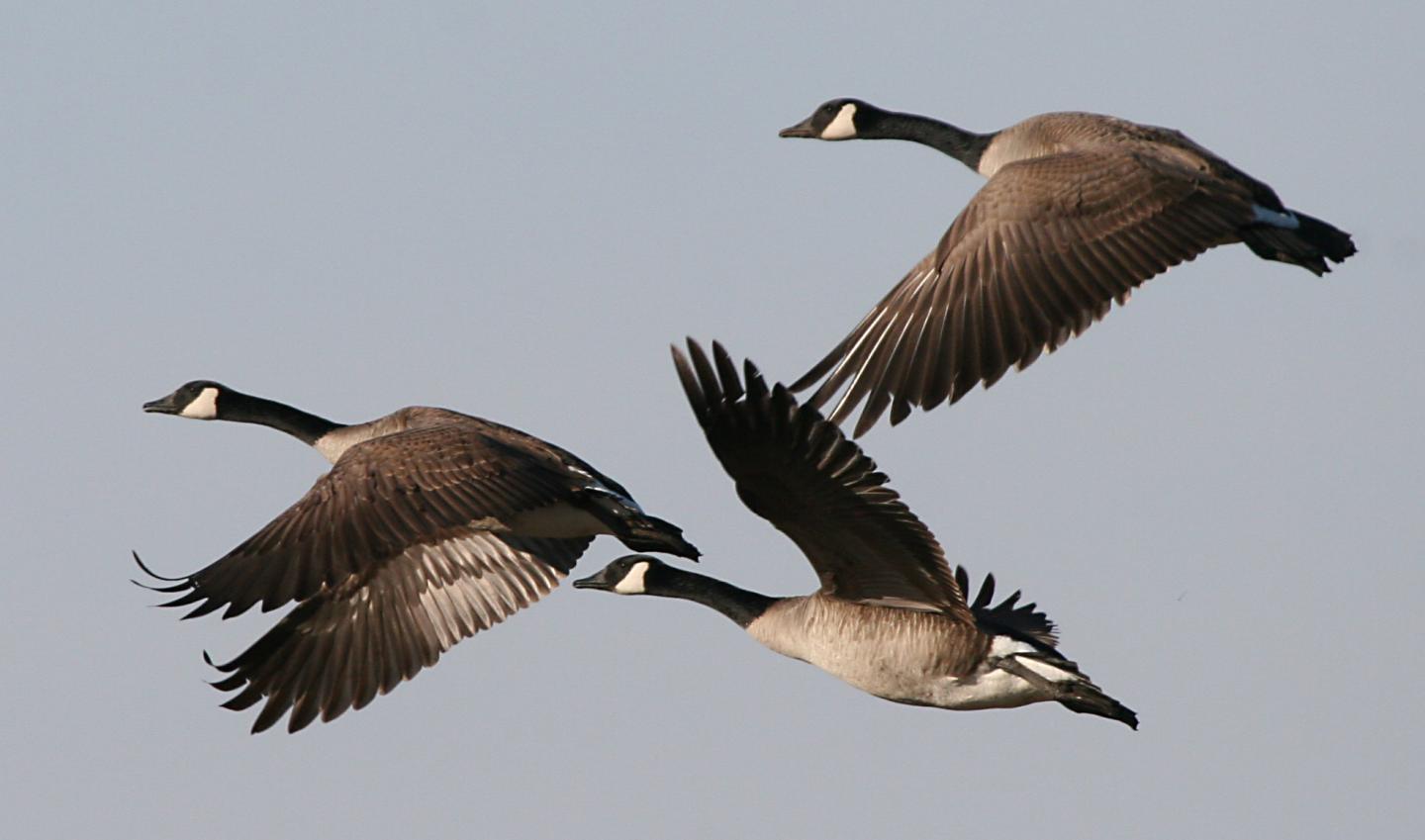In 1918 the Migratory Bird Conservation Act (MBCA) was enacted, creating the first nature preservation accord encompassing an entire continent. This talk, however, argues that the MBCA was essentially proscriptive in its view of nature preservation, doing little to conserve and restore nature.
This “conservation problem” was recognized during the 1920s by waterfowl enthusiasts such as Aldo Leopold, leading to a paradigm shift in the 1930s that influenced the geographical imagination of waterfowl conservationists, leading them to de-emphasize national borders and cultural differences in favor of an ecological waterfowl common traversing the continent. The result was a post-national space of nature and culture that endures to this day. Woven into its historic etymology is a paradigm shift in thinking about the interdependence of human and natural systems. Viewed as a social construction of nature, the building of a continental waterfowl ecological common was a geographical project focused on avoiding the inevitable tendency of individuals to over-exploit a common resource for individual benefit.
A former Canada-US Fulbright Scholar and PhD graduate of the University of Maine, Matthew Hatvany is professor of geography at Université Laval in Quebec City. His work over more than two decades has focused on the evolution of nature-culture relations in Canada, America, Europe and the South Pacific.


